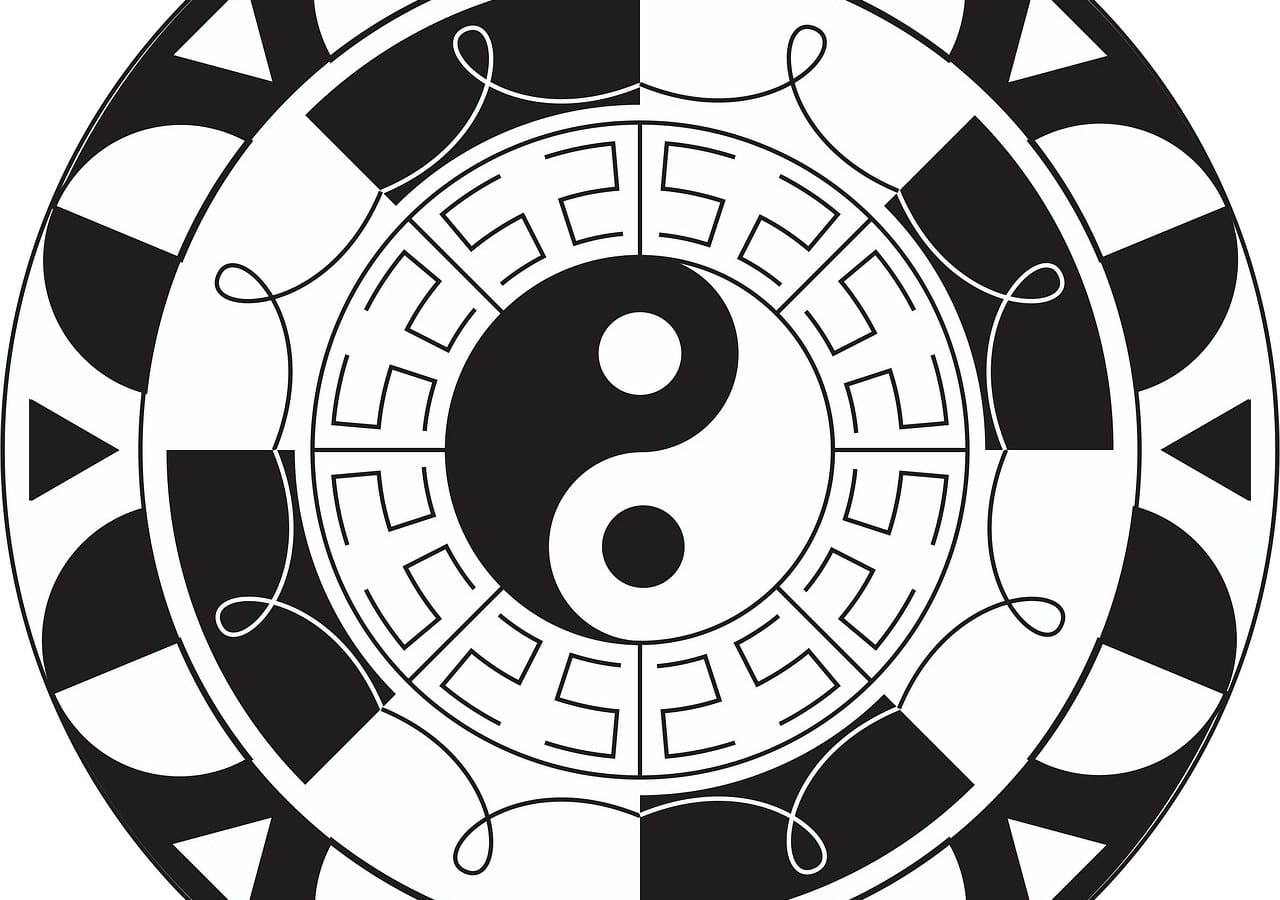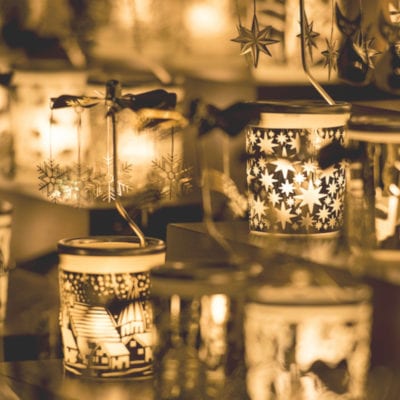A Working Belief System or Superstitious Nonsense…?
This is what you read in magazines: Place a three-legged toad in your ‘money’ corner or change the colour of your bed linen and you will experience overnight wealth or renewed passion with your partner. Well, that is according to the many Feng Shui articles to be found in most magazines, anyway. But, as you have probably guessed – especially if you have tried some Feng Shui changes and nothing has improved – any tips and suggestions that you may read in the press are just a tiny part of a large and very complex story.
This is why you should do it: The reason for placing a wealth toad is that in Feng Shui water is associated with wealth, so this relationship associates with the toad whose natural habitat is water. But, although symbolism is an important part of the Feng Shui puzzle, mental and physical preparation are the keys to a successful outcome.

The legend behind it: The three-legged toad embodies symbolic concepts of Feng Shui and, like many symbols from Ancient China, it originated as a legend. This little toad was tempted into a well just as gold coins are thrown into wells and fountains nowadays.
So what exactly is Feng Shui?
At a basic level, it is the interaction of human beings with our environment and it allows us to influence these interconnecting energies to achieve specific life improvements. This is achieved by designing our surroundings in harmony with the principles of natural, subtle energy flow, therefore creating harmony within our surroundings. When we do this, our life force flows more easily and things automatically start to improve in our lives.
Now I’m going to give you some practical tips
Our intention, though, is what really shifts this subtle energy – the chi – in Feng Shui. When we consciously decide to change the chi in our house or workspace to create more personal power in our lives, we use what we call ‘cures’. There are two levels of Feng Shui cures: the visible level and the invisible level.
The visible level is the external (or physical) environment, and it creates only 5% – 10% of the effectiveness of the cure. Physical action creates the visible level of the cure: eg. placing a mirror, hanging a wind-chime or moving a bed.
The invisible level is the internal level of the cure: our hopes, dreams and desires. The invisible level is the real power behind the visible side of our reality. The invisible level of our cure creates 90%, or more, of the cure’s effectiveness. Intention, visualization (and some spiritual influences) help create the invisible level of the cure. Your strong desire for what you want is the intention and you mentally see it coming true for yourself with visualization.
Here is how we create powerful intentions
It is important to:
- know clearly what we want
- possess a strong and clear desire to have it
- believe that it is ours.
As you can see, mental visualization is a major key to the success of Feng Shui. A strong visualization projects our intention into the world and raises the power of the cure; ie. seeing clearly what we want and seeing it happen in our mind’s eye. The clearer we are about what we want from our cure (our intention) and the more clearly we can mentally see it (visualization), the more likely we are to bring it about.
And here are three specific ways you can address this in your everyday life
This process is called The Three Secret Reinforcements:
- Body – the physical cure
- Speech – the intention
- Mind – the visualization
It takes practice and patience at first because we need to upgrade our mindset around the concept of cause and effect. Then, after what is often just a short while, we start to see positive changes happening in our lives. Little by little, it becomes easier to keep the house or office de-cluttered, and energetically healthy and balanced.
If it ain’t broke…
There is one very important rule in Feng Shui that is rarely mentioned in books and never in magazine articles. This rule says: ‘leave well alone if things are already going the way you like them.’ Every time we move a piece of furniture, change a colour scheme or redesign a space, we unconsciously shift the subtle energy – the chi – around us. I have lost track of the number of times people have come to me and said “Well, I’ve done all the things the books said, but now just about every area of my life has gone down the pan… I do not understand it.” When I ask them what was not previously working, they say “Oh, nothing… everything was fine before…!”
Call in an expert
If you need some improvement in a specific area of your life, it is best to call in an experienced Feng Shui expert who knows how to manipulate the energies in a positive way for you. You can think of Feng Shui as an enormous jigsaw puzzle, but one where as soon as one piece fits another has to be adjusted in a different part of the picture. This adjustment goes on until the whole space is balanced and only someone who has spent years studying and working on projects can know how to achieve this. It is said that in Ancient China an apprentice would have to study under a Feng Shui Master for 30 years before they could work independently…!
A little assistance
So, back to the little money toad; where to position it…? Traditionally, facing a door and with its mouth wide open to receive the abundance that will enter through the door once everything else is correctly ‘in place’. And you can display this prosperous creature wherever you want wealth to find you.
(Note from The Editor. So what do you think? Is Feng Shui a working belief system or just superstitious nonsense? To discover how Feng Shui can work for you, and find out more about Transformational Life Coaching, take a look at Jean Gilhead’s Contributing Authors Page or Contact Jean directly to discuss a consultation.)











